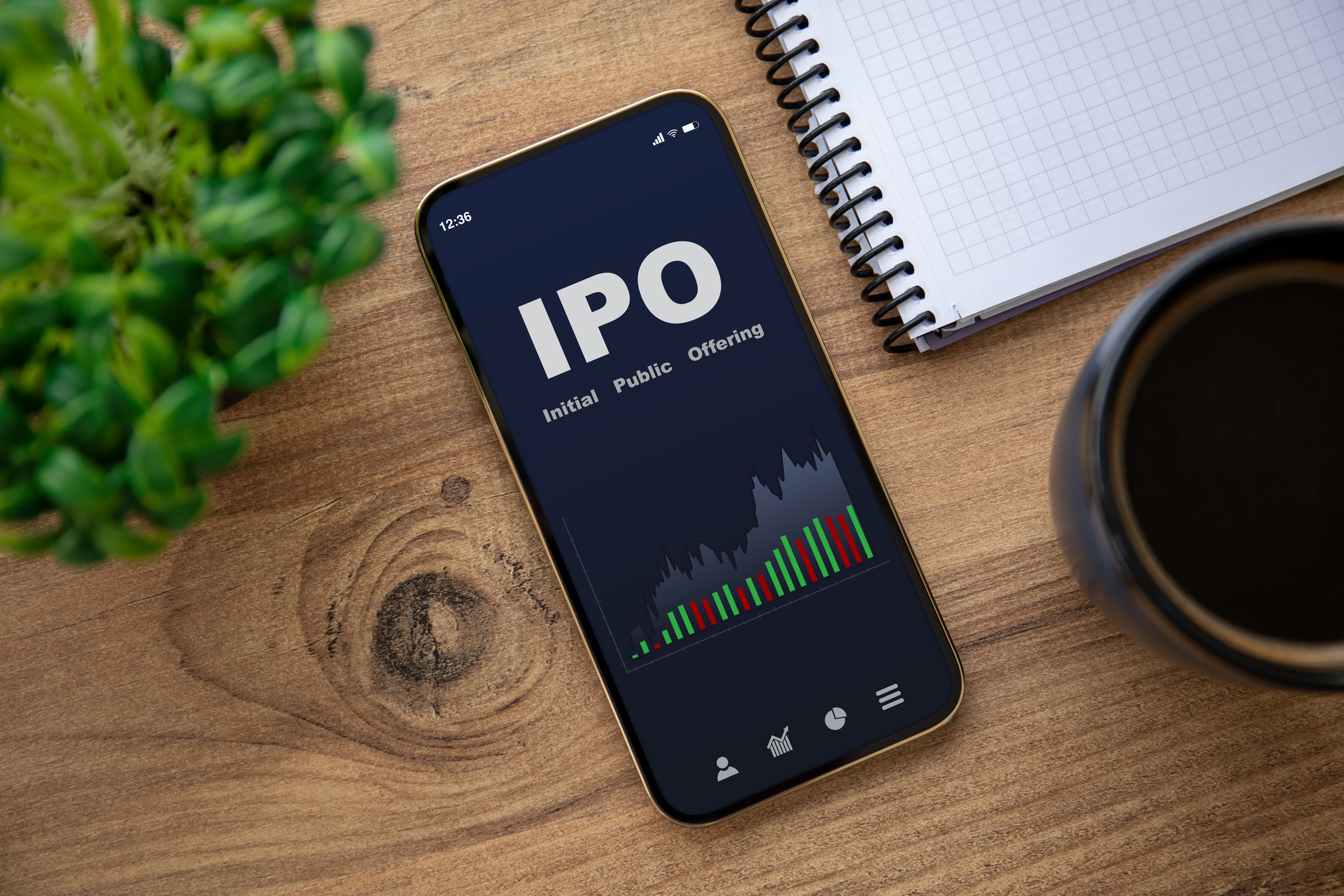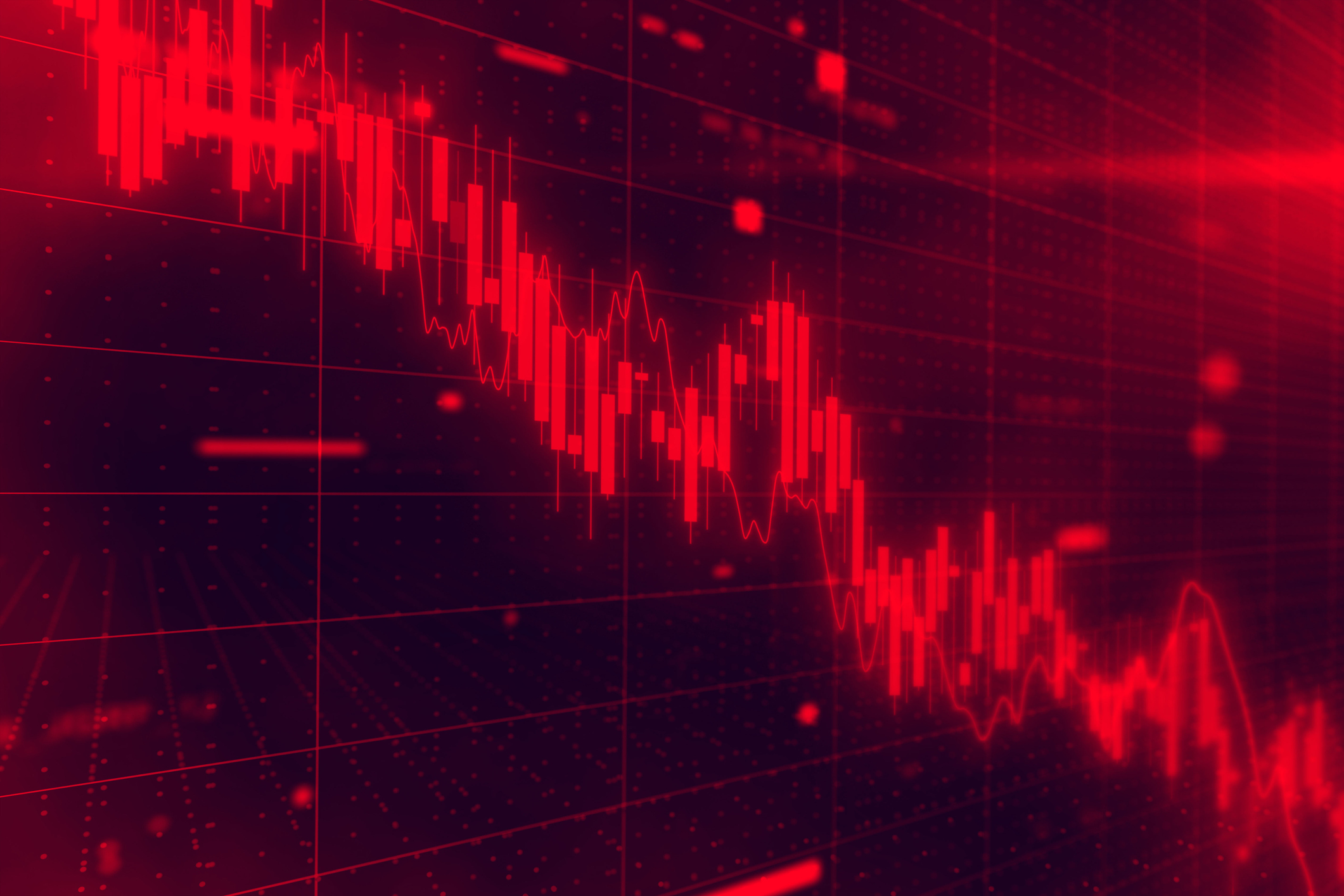What Is an Initial Public Offering (IPO)?
Buzz around the IPO calendar is almost constant these days, with several high-profile companies filing to go public. What is an IPO and how do investors evaluate them?


The market for initial public offerings (IPO) is starting to heat up after a period of calm. What is an IPO? And should you seek opportunities to invest in them?
An initial public offering enables a private company to "go public," or start trading in public markets by issuing its own shares on a stock exchange for the first time. Any investor can buy shares, and the company can raise capital to grow.
Investors can easily get caught up in the excitement and hype of an IPO's first day of trading, and it's not uncommon for stocks to see gains of over 50% in their market debut.

Sign up for Kiplinger’s Free E-Newsletters
Profit and prosper with the best of expert advice on investing, taxes, retirement, personal finance and more - straight to your e-mail.
Profit and prosper with the best of expert advice - straight to your e-mail.
However, it's also not uncommon for those same stocks to drop precipitously in the following months or years.
IPOs can be a great way for mom-and-pop investors to benefit from the strong growth of early stage companies. But it's important to understand this type of stock before jumping in.
Why do companies go public?
Most companies use the IPO process simply to raise capital.
Typically, IPOs will raise over $100 million. But some hot IPOs can be enormous.
For example, among the biggest IPOs in U.S. history, Facebook (now Meta Platforms [META]), Rivian Automotive (RIVN) and Uber Technologies (UBER) all raised billions of dollars from their IPOs.
More recently, the 2023 Arm IPO raised roughly $5 billion for the Softbank-owned chipmaker.
While raising capital is usually the main reason for an IPO, there are other potential benefits for a company.
First, an IPO allows a company's investors and employees to sell their holdings. They may have held on to their shares for a long time and want liquidity.
Additionally, public companies can often recruit talented employees. These folks will find comfort in knowing the company's financials if it's public.
There will also be opportunities to benefit from equity-based compensation like stock options.
What's more, an IPO can bring credibility to a firm. Because of the onerous disclosure requirements, larger clients may be more inclined to purchase the company's products.
What are the downsides to a company going public?
There are downsides, too.
The process of going public is not easy. The fact is that few companies meet the requirements Wall Street investors demand.
Usually, this means that annual revenues are over $100 million (or on pace for this within a year or two), growth is more than 25%, and that the company demonstrates strong competitive advantages.
Another potential hurdle: Being a public company is expensive.
"There are the substantial expenses related to preparing filings – like attorneys' fees or audit fees – or maintaining compliance reporting requirements," said Seth Farbman, cofounder and chairman of Vstock Transfer.
"Depending on how long ago the company was incorporated or went through an IPO process, it may also be subject to other regulations applicable only at more mature stages in life cycles like Sarbanes-Oxley Act compliance rules for U.S.-based companies or International Financial Reporting Standards (IFRS) compliance rules for non-US based companies."
When a company decides to launch an IPO, there are numerous steps in the process.
What is the IPO process?
The IPO process is highly regulated, and for good reason.
The main statutes were passed in the early 1930s after the stock market crashed and the U.S. economy plunged in the Great Depression. The focus at that time was to provide more transparency for all investors.
Federal securities laws have also resulted in a fairly consistent IPO timeline.
Let's take a look at the main steps:
No. 1: Bake-off
Wall Street investment banks like Goldman Sachs, Morgan Stanley or J.P. Morgan will manage the process of the IPO. They are often called the "lead underwriters" of the deal (there will usually be two or three for an offering) and they will provide access to the institutional investors.
When a company decides to go public, it will start a "bake-off" process, interviewing a variety of Wall Street investment banks that compete to act as underwriters. Winning the assignment can result in substantial fees for underwriters – not just for the IPO, but for follow-on financings and acquisitions.
Over the past few years, some companies have bypassed lead underwriters. This process is called a direct listing and typically results in lower fees for the company.
But a direct listing is really for those companies that have loyal customer bases and major brand recognition such as Spotify (SPOT), which went public through a direct listing in April 2018.
No. 2: The registration statement (Form S-1)
Next, the lead underwriters will perform due diligence on the company, as will an outside law firm. Their findings will provide information for the registration statement, which is called an S-1.
The S-1 includes the prospectus, with key details of how the company will operate, such as the business plan, risk factors, audited financials, management team bios, compensation and so on. The document is often well over 100 pages.
Once the S-1 is finished, it will be filed with the Securities and Exchange Commission (SEC). But the first several drafts of the document will usually be confidential.
After this, investors can download a copy from the EDGAR database.
The SEC will go through a review process of the S-1 and may request that certain changes be made. These changes will become part of an amended S-1, which will also be published on EDGAR. There will often be several of these filings.
"Generally, the SEC's comments concern things that need to be disclosed better or more clearly or address gaps in the disclosure that need to be filled in for investors," said Megan Penick, partner and public securities chair at law firm Michelman & Robinson.
"While the SEC is not passing on the quality of any investment, through their review process, the company's registration statement should become clearer and have better and more fulsome disclosure."
No. 3: The roadshow
The underwriter will set up a "roadshow," in which the company's senior managers will give their IPO investment presentation to investors across different states and perhaps some countries.
"These days, with Zoom and other electronic meeting platforms, most companies conduct road shows or test the waters presentations over Zoom," Penick said. "This eliminates travel and time costs and can make the presentation process quick for both for the company and for investors."
During the roadshow, the underwriter will get indications of interest from the investors.
This process enables the underwriter to get a sense of the overall demand for the deal and to establish a price range, such as $14 to $16 per share. This information will be disclosed in an amended S-1.
No. 4: The pricing meeting
On the night before the IPO begins trading, the company's senior managers and underwriters will meet to decide on the number of shares to issue and the price of the offering.
"Typically, the pricing of an IPO is determined by various factors, including the company's financial performance, current economic conditions, investor demand for the stock, industry-wide market trends and regulatory requirements," Farbman said.
No doubt, this can be a contentious meeting.
Usually, the underwriters will want a lower price so as to allow investors to get higher gains. But the company's senior managers will try to get a higher price in order to raise more capital.
Given that millions of shares are issued, a $1 change can make a big difference to both sides.
Is it a good idea to buy an IPO?
IPOs can be a great way to invest in early stage growth companies, and there are often hot upcoming IPOs to watch.
And, yes, the gains can potentially be massive. If you invested $10,000 in the IPOs of Microsoft (MSFT) or Amazon.com (AMZN), you would have made millions.
Then again, the risks can be substantial.
"Market history is littered with examples of 'hot' IPOs that have gone on to become market duds," said Ed Ciancarelli, senior portfolio manager at The Colony Group.
“Lyft, Inc (LYFT) went public at $72 on March of 2019 after pricing above the expected range of $62 to $68 per share. LYFT closed the first day of trading at $78 and has not seen that level since. Such broken IPOs become the victim of an overly exuberant market and unattainable expectations."
So, an IPO should be considered a higher risk category for your portfolio. As such, it may be best to allocate no more than 5% to 10% in these types of investments.
Before investing in an IPO, you might want to wait until the excitement subsides.
"Be patient and wait for the stock price to have its inevitable dip prior to investing," said Jeff McClean, CEO at Solidarity Wealth. "Unless you are one of the lucky few who have access to pre-IPO stock at reasonable valuations, patience is the best course."
It's a good idea to read the S-1. Here are some of the key areas to focus on:
Prospectus summary: This will be about 10 to 15 pages and is the first section of the S-1. It's essentially the executive summary of the business.
This includes the description of the products or services, the market opportunity, the growth strategies, the growth metrics and so on.
Risk factors: These are mostly legal boilerplate. But some indicators are worth noting.
For example, be wary of extensive litigation, widespread competition or customer concentration.
Another major red flag is a "going concern" opinion from the auditor.
This means that the company will likely run out of money if there is no IPO.
Letter from the founders: This was started with the Google IPO and has since become popular, especially with tech companies.
The letter can be a good way to get a sense of the long-term strategy of the company.
Finally, you should view the roadshow, which is available at retailroadshow.com. You'll get a good overview of the company and a sense of the vision of the management team.
Who knows, you may be seeing a presentation of the next Bill Gates or Jeff Bezos.
Related Content
- CoreWeave IPO: Should You Buy CRWV Stock?
- The 25 Biggest U.S. IPOs of All Time
- How to Start Investing In the Stock Market: A Beginner's Guide
Get Kiplinger Today newsletter — free
Profit and prosper with the best of Kiplinger's advice on investing, taxes, retirement, personal finance and much more. Delivered daily. Enter your email in the box and click Sign Me Up.

Tom Taulli has been developing software since the 1980s when he was in high school. He sold his applications to a variety of publications. In college, he started his first company, which focused on the development of e-learning systems. He would go on to create other companies as well, including Hypermart.net that was sold to InfoSpace in 1996. Along the way, Tom has written columns for online publications such as Bloomberg, Forbes, Barron's and Kiplinger. He has also written a variety of books, including Artificial Intelligence Basics: A Non-Technical Introduction. He can be reached on Twitter at @ttaulli.
-
 6 Stunning Waterfront Homes for Sale Around the US
6 Stunning Waterfront Homes for Sale Around the USFrom private peninsulas to lakes, bayous and beyond, Kiplinger's "Listed" series brings you another selection of dream homes for sale on the waterfront.
By Charlotte Gorbold Published
-
 Six Reasons to Disinherit Someone and How to Do It
Six Reasons to Disinherit Someone and How to Do ItWhether you're navigating a second marriage, dealing with an estranged relative or leaving your assets to charity, there are reasons to disinherit someone. Here's how.
By Donna LeValley Published
-
 Stock Market Today: Dow Drops Another 2,231 Points to Hit a Correction
Stock Market Today: Dow Drops Another 2,231 Points to Hit a CorrectionThe Nasdaq Composite, meanwhile, entered a new bear market with its latest slide.
By Karee Venema Published
-
 Stock Market Today: Dow Dives 1,679 Points on Trump Tariff Shock
Stock Market Today: Dow Dives 1,679 Points on Trump Tariff ShockU.S. stocks lost roughly $3.1 trillion in market cap on Thursday – the biggest one-day decline since the start of the COVID-19 pandemic in March 2020.
By Karee Venema Published
-
 The Stock Market Is Selling Off. Here's What Investors Should Do
The Stock Market Is Selling Off. Here's What Investors Should DoInvestors started fleeing the equities market en masse in response to the Trump administration's "jaw-dropping" tariffs. But the experts say don't panic.
By Karee Venema Last updated
-
 Stock Market Today: It's the Old Up-Down Again on Liberation Day
Stock Market Today: It's the Old Up-Down Again on Liberation DayMarkets look forward to what comes with the reordering of 80-year-old global trade relationships.
By David Dittman Published
-
 Stock Market Today: Dow Rises 854 Points From Its Intraday Low
Stock Market Today: Dow Rises 854 Points From Its Intraday LowIf there's one thing markets hate, it's uncertainty. But uncertainty is all they're getting these days.
By David Dittman Published
-
 Microsoft Stock: Innovation Spurs Its 100,000% Return
Microsoft Stock: Innovation Spurs Its 100,000% ReturnMicrosoft's ability to recognize the "next big thing" has allowed sales – and its share price – to grow exponentially over the years.
By Louis Navellier Published
-
 Stock Market Today: Markets Celebrate Trump's Tariff Détente
Stock Market Today: Markets Celebrate Trump's Tariff DétenteConsumer discretionary stocks led 10 of the 11 S&P 500 sector groups well into the green.
By David Dittman Published
-
 Stock Market Today: Stocks Skid Into Another Risk-Off Turn
Stock Market Today: Stocks Skid Into Another Risk-Off TurnThe promise of the AI revolution can't overcome flickering hopes for a "Fed put."
By David Dittman Published